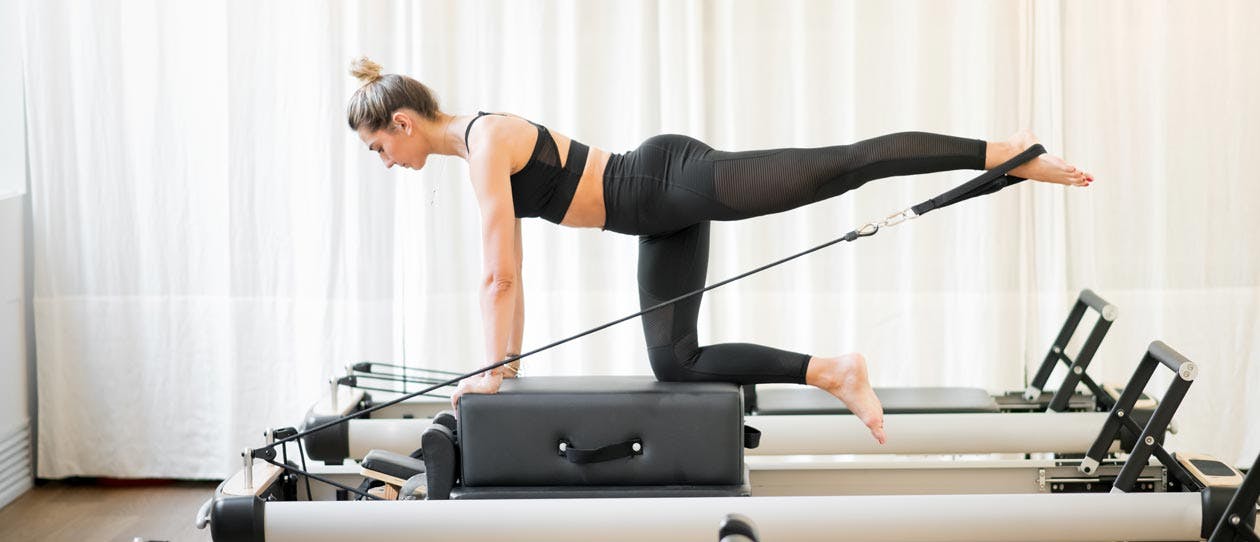Movement is often the best medicine
Exercise can provide a range of benefits for people who suffer from painful joints, such as mild osteoarthritis . These benefits include relief of symptoms, improved joint function and flexibility, increased range of motion, and a boost in mood.
However, the choice of exercise is crucial, and the focus should be gentle, low or zero impact activities that suit your ability and condition. Make sure to start out gently, adjusting the intensity and duration to suit your symptoms, and build up gradually if your body responds well.
10 low impact exercises
Experiment with the following ten exercises to see what works best for you:
1. Aqua aerobics
Aqua based workouts are an ideal activity for people seeking joint pain relief, as the water supports your weight. It can boost strength and increase fitness levels, and it’s often performed in warmish water, which may be soothing on your joints.
2. Cycling
Because you sit while cycling, there is reduced pressure on the knees, ankles and hips, allowing you to boost aerobic conditioning and leg strength while reducing joint stiffness. Be it on a stationary bike, or riding in the great outdoors, cycling is a great way to add variety to your exercise routine and
burn a few calories.
3. Light weights
Weight training offers a wide range of benefits, including improved strength and range of motion, and increased bone density.
Lighter weights can still be beneficial and place less pressure on your joints. Just make sure to perform multiple sets and aim to train at least twice a week.
4. Tai Chi
Tai Chi includes movements performed in a slow and controlled manner. This allows the joints to remain stable while working the muscles with little or no impact. Potential
benefits of Tai Chi include relief of joint pain and reduced joint stiffness
5. Nordic walking
Using hand held poles while you walk, known as
Nordic walking, can be a great way to exercise if you are looking for joint pain relief in the lower body. The poles make walking more challenging, increase stability and balance, and reduce pressure on the hips, knees and ankles because the arms help to propel the body forward.


